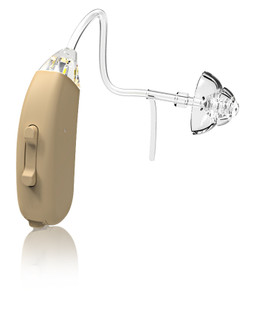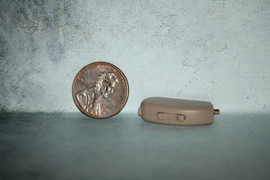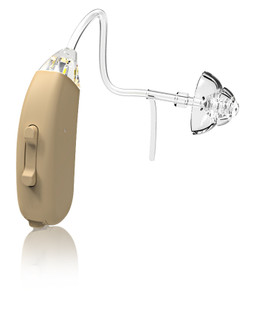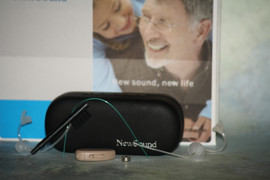The Evolution of Hearing Aids: A Look into the Future
Posted by DR Paul on Jan 11, 2024
Hearing aids have come a long way over the years, from large and bulky to sleek and discreet. As technology continues to advance, so do hearing aids, making them more effective and user-friendly than ever before. In this blog post, we will explore the evolution of hearing aids and take a glimpse into the future of hearing healthcare.
The first hearing aids were simple horns or trumpets that people held up to their ears. These devices were often large and cumbersome, and they did little to improve the quality of sound. Later, the invention of the carbon microphone allowed for the first electric hearing aids, which were worn on the body and connected to the ear with a wire. These devices quickly evolved into behind-the-ear (BTE) designs that were more discreet and comfortable to wear.
In the 1990s, digital signal processing (DSP) technology was introduced, and hearing aids began to become smaller and more effective. This technology allowed for more precise adjustments and more natural sound quality. Today, hearing aids can be so small and discreet that they are nearly invisible, and they can be customized for each individual user to provide optimal sound quality.
The future of hearing aids looks promising, with even more advanced technology on the horizon. One area of development is artificial intelligence (AI), which can enable hearing aids to “learn” the listening preferences of its user and adjust automatically to changing environments. This would allow for a more seamless listening experience, without the need for manual adjustments.
Another development is the integration of hearing aids with other devices, such as phones and televisions. Some hearing aids already have wireless connectivity that allows users to stream music and phone calls directly to their devices. In the future, we may see even more integration with other devices, further enhancing the user experience.
Finally, advancements in materials science may lead to hearing aids that are even smaller and more comfortable to wear. Researchers are exploring the use of 3D printing and other technologies to create custom-fitted hearing aids that are tailored to the unique shape of the user’s ear. This could lead to incredibly small and comfortable devices that are virtually undetectable.
From the first crude horns to today’s sophisticated digital devices, the evolution of hearing aids has been remarkable. As technology continues to advance, we can expect even more exciting developments in the future of hearing healthcare. Whether it’s AI-powered devices, integrated connectivity, or custom-fitted 3D-printed devices, the future looks bright for those with hearing loss. If you are in need of a hearing aid, be sure to explore the latest technology and find a device that best suits your unique needs and preferences.










